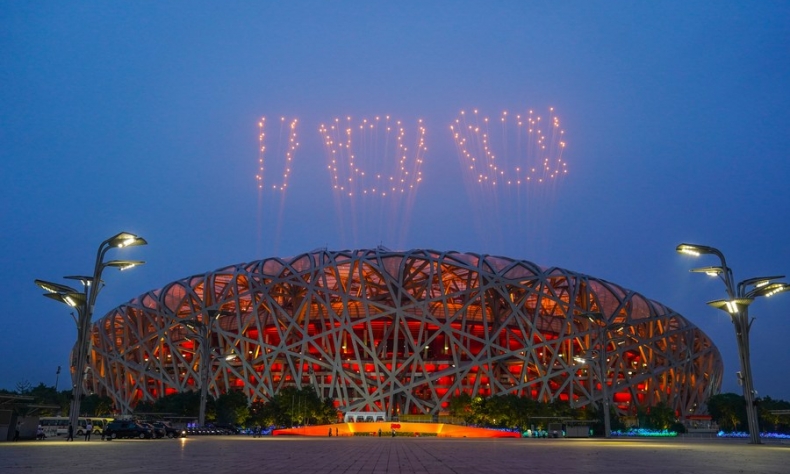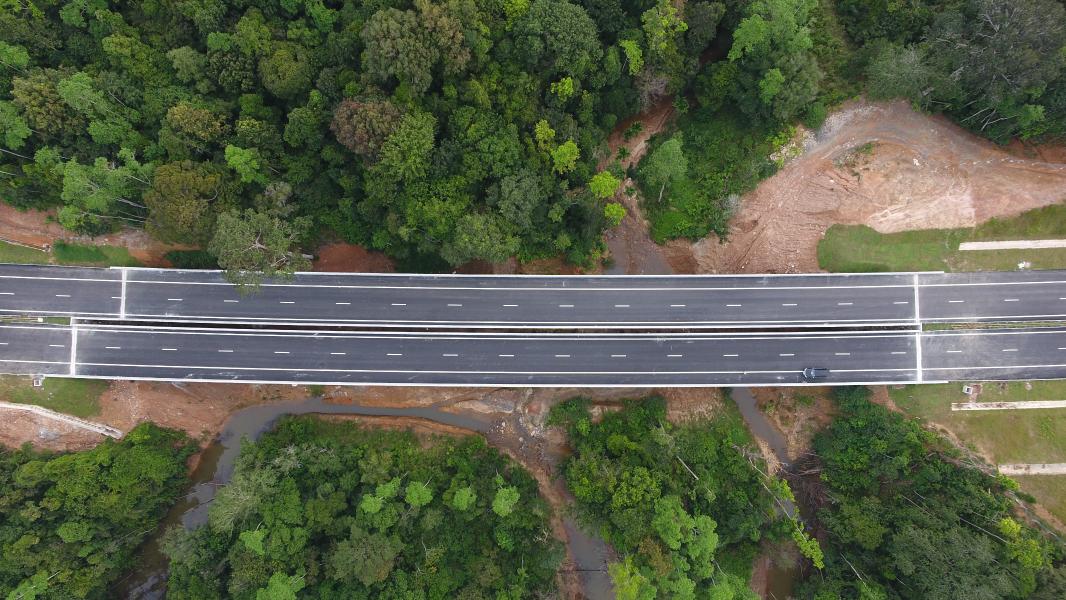A Century Through Revolution, Construction, Reform and the New Era

Had it not been for the establishment of the Communist Party of China (CPC) in July 1921, the course of Chinese history would have been quite different.
The discourse on making China “rich and strong” is an uninterrupted phenomenon throughout the history of China. The once semi-colonial and semi-feudal nature of Chinese society facilitated manifestation of this singularity in the form of the Self-strengthening Movement (1861-1895), the Revolution of 1911 that overthrew the monarchy, the May Fourth Movement of 1919, and finally the New Democratic Revolution (1919-1949) in the modern history of China. However, had it not been for the establishment of the Communist Party of China (CPC) in July 1921, the course of Chinese history would have been quite different. On the occasion of the 100th anniversary of the founding of the CPC, let’s take a look at the following facts:
First and foremost, if we look at the history of China, we have seen that during the “humiliation of a century” various forces inside China that includes the Qing government, the constitutional monarchists led by Kang Youwei (1858-1927), the bourgeois democrats led by Dr. Sun Yat-sen, reactionary regime of the northern warlords, as well as the nationalist government led by Chiang Kai-shek all failed miserably to unify the Chinese nation and realize the goal of making China rich and strong. It was only after the establishment of the People’s Republic of China (PRC) in 1949 led by the CPC that the historic journey to wipe clean the “humiliation of a century” started along with making China rich and strong. It appears that by the CPC’s centenary in July 2021, China, by way of eradicating poverty, has achieved the goal of building a moderately prosperous society in all respects. By the centenary of the PRC, the goal of building China into a great modern socialist country that is prosperous, strong, democratic, culturally advanced, harmonious, and beautiful will have been achieved.
Second, regardless of “leftist tendencies” during the revolution and construction periods, those periods remained crucial for China’s development and progress in agriculture, industry, and science and technology. More importantly, the periods of revolution and construction laid a solid foundation for China’s reform and opening up that started in the late 1970s and the new era starting from the 18th CPC National Congress in 2012.
Third, it is owing to this course of history that a “poor and blank” China could be made into a US$14.7 trillion economy with over 850 million people alleviated from poverty. Not only did it effectively deal with the 2008 financial crisis, but also together with other Asian economies contributed almost 50 percent to the world’s economic growth during the slump. With robust infrastructure at home, today China is sharing its development experience with various developing countries across the globe and contributing to global economic growth, with a contribution rate of over 30 percent according to current estimates. Simultaneously, as China reaped benefits from deep globalization, huge adjustments were made in its national security policy. “War is inevitable” and “class struggle” paradigms of yesteryears were replaced by “seeking peace and development,” a necessity arising out of the reform and opening-up policy. As a result, notions such as “good neighborliness,” “harmonious world” and “new type of major-country relationship” were floated with success, thus stabilizing national, regional and international security environment. China shunned the notion of Thucydides trap and coined notions such as “peaceful rise of China” and “community with a shared future for humanity.”

Fourth, since the 18th CPC National Congress, Chinese President Xi Jinping, also general secretary of the CPC Central Committee, has put forth concepts like the Chinese Dream of national rejuvenation, community of shared future for mankind, and the Belt and Road Initiative. These concepts reflect the historical and present realities of China and demonstrate a strong sense of continuity and interconnectedness, be it Chinese society, the CPC, or China’s relations with its neighbors and other major countries. For example, long-term development plans such as the “Three-Step Development Strategy” coined in the 1980s and the two-step approach to build China into a great modern socialist country outlined by President Xi at the 19th CPC National Congress have continued and have been systematically carried out. According to the new strategy, by 2035 China will basically realize the socialist modernization, and by the middle of the 21st century, “China will develop into a great modern socialist country that is prosperous, strong, democratic, culturally advanced, harmonious and beautiful” as illustrated in President Xi’s report to the 19th CPC National Congress. In the same vein, China’s huge strides in artificial intelligence and quantum computing, automated machine tools and robotics, aerospace and aeronautical equipment, maritime equipment and high-tech shipping, modern rail transport equipment, new-energy vehicles, power equipment, agricultural equipment, biopharma and advanced medical products also mirror China’s emphasis on scientific and technological research and innovation.
Fifth, China may have bridged economic and technological gap with the West to some extent. Currently, huge asymmetries still exist in terms of per capita income and consumption levels between China and developed Western countries. Besides, there are many challenges China is facing at moment. I believe some of the challenges are internal and others are external. As regards internal challenges, the middle-income trap, increase of farmers’ income, corruption, environmental protection, social inequalities, demographic changes and the new phenomenon of “lying flatism” among some Chinese youngsters need to be dealt with in a long-term and sustained way. Some of the external challenges are demonstrated by the U.S. classifying China as strategic competitor, as was seen during the last few years of the Trump administration. Some of the Trump legacies are being inherited by the Biden administration as could be seen through the institutionalization of the Quad and increasingly focusing on the Asia-Pacific strategy, the sole aim of which is to contain the rise of China, and there may be possibility of the U.S. joining back the Trans-Pacific Partnership. Therefore, on the one hand, China needs to deal with the U.S. and avoid the so-called “Thucydides trap,” while on the other hand, it must guard against antagonizing countries like India that have been very reluctant to choose between China and the U.S. until very recently.
B.R. Deepak is a professor with the Centre for Chinese and South-East Asian Studies, Jawaharlal Nehru University, New Delhi, India.
 Facebook
Facebook
 Twitter
Twitter
 Linkedin
Linkedin
 Google +
Google +










